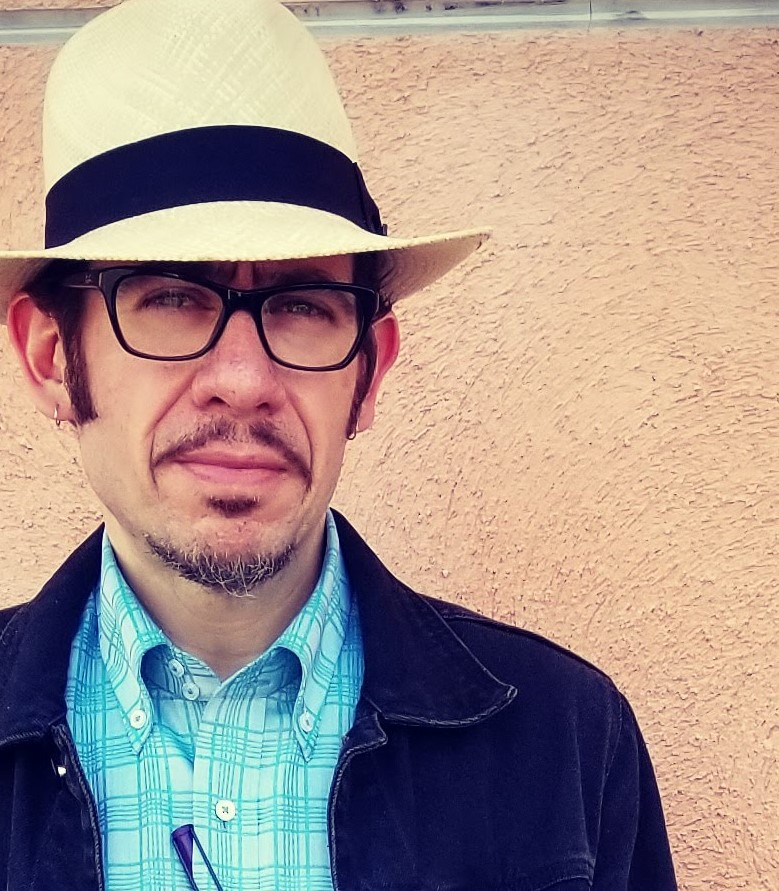I was off from teaching last week, so it was time to catch up on research I’d put off during the semester. An article online said that the L.A. Coroner’s Office had a gift shop, and I wanted to see the inside of the building. A gift shop seemed as good an excuse as any.
The building itself didn’t disappoint. The outside has the signature red-brick coloring that is ubiquitous on the USC campus. Still, the faded color reveals the history of the building.

The top is reminiscent of a gothic, mission-revival style, although the walls and doors have hints of art deco. The whole thing sits on a concrete pedestal, which testifies to the civic nature. Austere white marble adorns the entrance.
Inside, a classic, double-switchback staircase greets the visitor like something from a classic hotel. The lower walls are the same white marble from the entrance.

The gift shop is immediately to the right, occupying the front, right-hand corner. It was both more and less than I expected.
The shop is a large room behind a wooden door. It must have been an office at one time. The room is packed with sweatshirts, coffee mugs, and car shades with various depictions of chalked men on the ground.
I asked the woman sitting behind the counter if there were any postcards, and she pointed out two stickers that sat in front of the register. I thought they were only stickers. The post information was on the back.
I asked if the building had always housed the Medical Examiner’s Office. She said it used to be the main hospital for Los Angeles. As I suspected, the structure dates back to the early 1900s.

This got us talking about the recent budget cuts to the Coroner’s office in the news. She said Records used to have ten people; now there are three. Overall, the department is running at a third of its staff.
This scenario reminds me of something a manager at a restaurant told me once. If you ever want to judge how clean a restaurant is, look at the restrooms. If the restroom,which is visible to the public, is dirty, imagine the kitchen.

The public doesn’t see what happens at the morgue.


Leave a comment